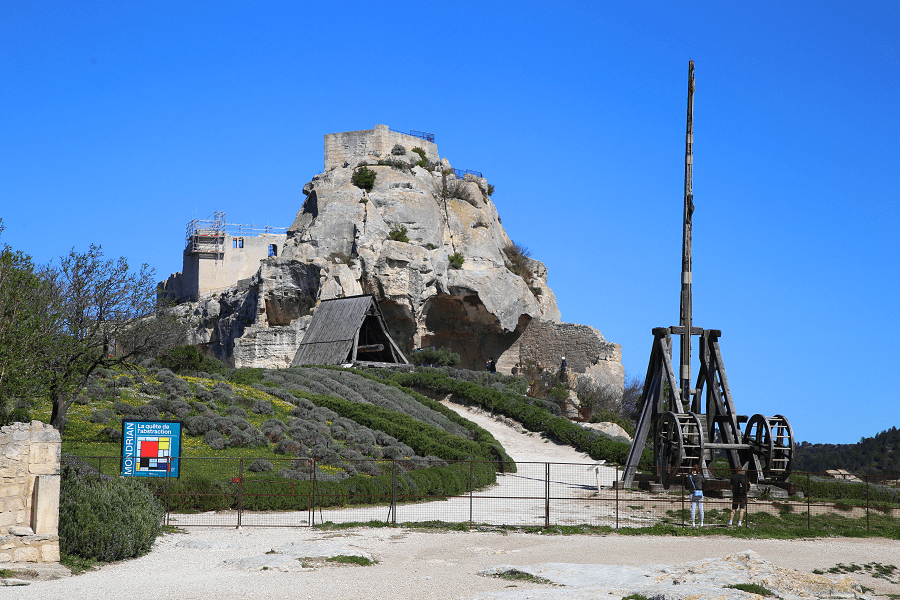Hondarribia (Spanish: Fuenterrabía, officially and in Basque, Hondarribia) is a city and municipality in the Basque Country, Spain, located in the extreme northeast of the province of Gipuzkoa, about 20 km east of the capital, San Sebastián, at the mouth of the Bidasoa River, which acts as a natural border with Hendaye (France).
It is part of a cross-border metropolitan area, the Bayonne-San Sebastián Basque Eurocity, with more than 620,000 inhabitants. Hondarribia forms part of the Eurocity through the Bidasoa Txingudi Cross-Border Consortium, with the cities of Irún and Hendaye.
The objective of this regional cooperation is to stimulate innovative projects, attract common investments and harmonize a model of sustainable social, territorial and urban development.
It is a tourist and residential town. The San Sebastián airport is located there, also known as “Hondarribia airport” due to its location. It is the easternmost resort of the Costa Vasca (Basque Coast) of the Atlantic resorts of Spain.
Main attractions
The historic center of the city has been declared a Monumental Complex. It corresponds to the old walled enclosure of the town. An important part of the walls and bastions that surrounded the historic center of Hondarribia are still preserved, as well as the two access gates to the stronghold.
Inside the historic center, the streets form a rectangular plan of cobbled streets and beautiful buildings with wrought iron balconies. At the top of the promontory where the historic center is located is the so-called Castle of Carlos V, next to the Plaza de Armas and the parish church.
Religious heritage
Parish Church of Santa María de la Asunción y del Manzano: located in the heart of the historic quarter. It is a Gothic-style church with Renaissance additions and an amazing Baroque tower.
Its construction began in 1474 and the church was consecrated in 1549. The church tower that dominates the Fuenterrabía landscape was built at the beginning of the 18th century by Francisco de Ibero.
Sanctuary of Our Lady of Guadalupe: the hermitage of Guadalupe is located halfway up Mount Jaizkíbel. The current construction dates from the end of the 18th century, although an earlier building was built in the 16th century.
The image of the Virgin of Guadalupe, patron saint of the city, is venerated in the sanctuary. The history of the hermitage is linked to the tradition of the city and its best-known festivity, the Alarde.
Hermitage of Santa Engracia: located 300 meters to the southwest of the historic center of the city, it has a small atrium covered with a wooden beam structure.
Hermitage of Santa Bárbara: located on Mount Jaizkíbel, near the Sanctuary of Our Lady of Guadalupe. It is part of a Via Crucis, whose ordeal, equipped with three large stone crosses, is located in front of the hermitage.
Civil heritage
Within the historic center several buildings of interest have been preserved:
Zuloaga Palace: it is an urban palace located in the historic center. Most of the palace is from the 18th century. It houses the municipal library and the historical archive. It is declared as a historical monument.
Casa Mugaretenea: it is a Renaissance house built in sandstone masonry in the mid-16th century.
Palacio Eguiluz, also known as Casa de Juana la Loca. It probably dates from the 17th century, although there is a legend that gives it a greater antiquity and states that Juana la Loca and Felipe el Hermoso stayed in this palace during their trip from Flanders to Castile.
Casadevante house, in the baroque style, built in the 18th century.
Town Hall, baroque style, built between 1731 and 1740.
Ramery Palace, on Pampinot Street, current headquarters of the “Arma Plaza” Foundation and other cultural institutions.
Rural architecture
The neighborhood of the Marina or the Port, is the old suburb of La Magdalena, which was located outside the walls. It was the traditional fishing district. The highlight of this neighborhood are its traditional houses, equipped with wooden balconies that are now painted in bright colors (the same as the hulls of fishing boats) and adorned with numerous flowers.
Best restaurants
There are five Michelin list restaurants in the city:
- Alameda, Minasoroeta 1, 84 – 122 EUR • Modern Cuisine (one star)
- Zeria, San Pedro 23, 55 EUR • Seafood
- Gran Sol, San Pedro 65, Traditional Cuisine
- Laia, Arkolla Auzoa 33, 30 – 80 EUR • Grills
- Sutan, Jaitzubia Auzoa 266, 75 EUR • Traditional Cuisine
Beaches
Hondarribiko hondartza – expansive beach featuring a wide, sandy shoreline, lifeguards, calm waters & a pedestrian promenade.
How to get to?
By car:
From San Sebastian 25 min (20.6 km) via AP-8
From Vitoria 1 hr 22 min (119 km) via AP-1 and AP-8
From Madrid 4 hr 40 min (476 km) via A-1 and AP-1
From Biarritz 31 min (32.1 km) via A63
Main information
Area: 28 km²
Coordinates: 43°21′45″N 1°47′29″W
Population: 16 852
Languages: Spanish, Basque
Currency: Euro
Visa: Schengen
Time: Central European UTC +1
See here best sea and ocean resorts of France and Spain (223 objects)



































